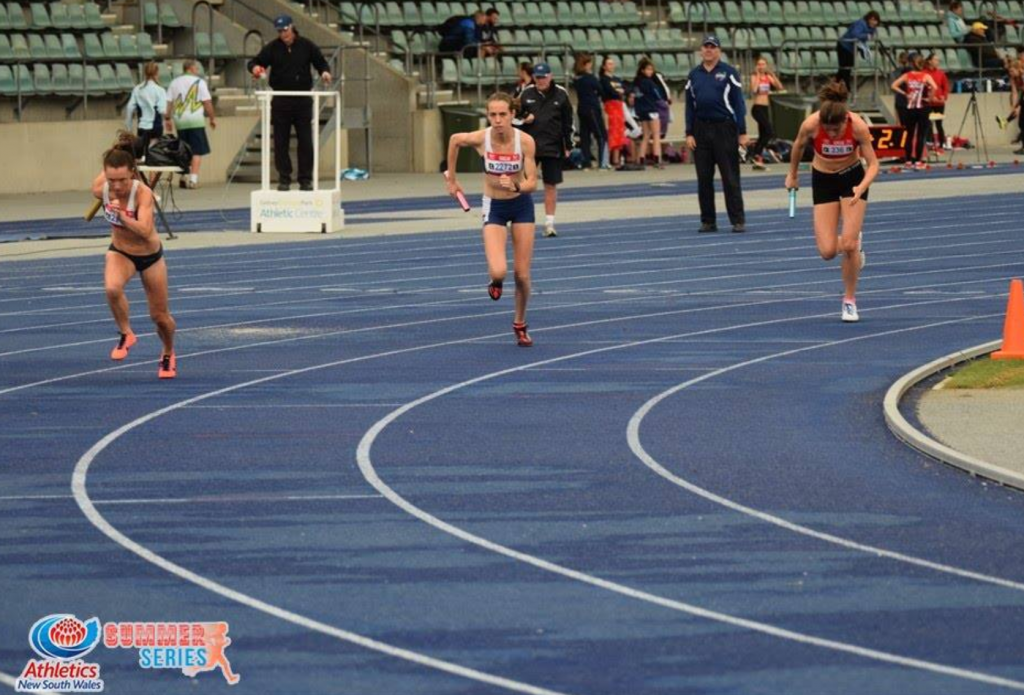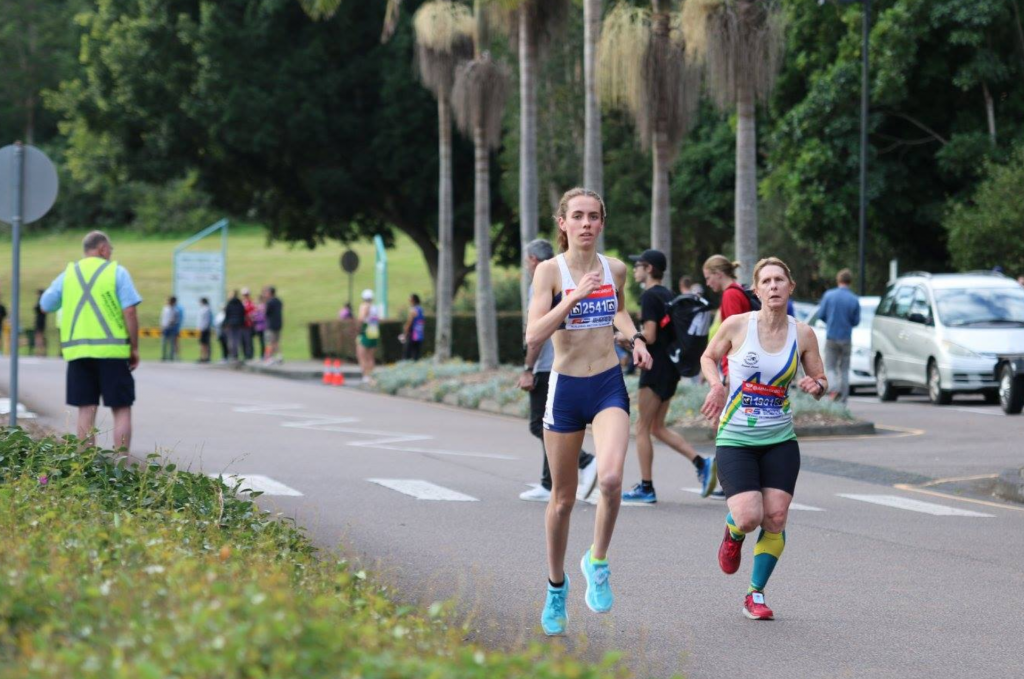Smart running is how you get the most bang for your buck. It involves the time, mileage, and intensity of your training load each week, recovery time between sessions, how often you race, and what cross-training activities you do to assist with fitness and/or strength. In light of the recent world events which have injected a lot of stress and uncertainty into society and individuals alike, training smarter, not harder, is the way to go for now I do believe. I call it baking a cake. I want to bake a really good cake right now – my base. Then I’ll get ready to ice it later for race season when it eventually comes back around.
I’ll admit, it took me a while to get to this headspace of tuning in with my body, and not being so rigid or structured with training. I would be lying if I said I didn’t use running as a form of coping mechanism when COVID-19 altered the way we live our lives. I was able to keep up the early mornings, harder sessions a few times a week – basically my normal training load and intensity I was doing during the collegiate season. However, onsetting fatigue and gradual discontent with a high focus on running at this time wasn’t making me happy. Instead, I decided to completely tune in to my body and use my times of higher energy to work harder, and lower energy to settle into long and slow mileage.
I now run at the time of day I best feel like it, not necessarily first thing in the morning like I usually do during school or season. I don’t put pressure on how many sessions a week I do. I’m happy if it’s just 1, and what day it is, doesn’t particularly bother me. I do a few runs with team-mates and friends for the social aspect and pure joy of getting out on the trails. I am fit, not necessarily top end fit, but I don’t need to be right now – that’s not what it is about. I’ll get ready to ice my cake when the time comes.
This is a lesson for life. Coping mechanisms are unsustainable and will result in fatigue, which then takes time to recover from. If you keep it up, it becomes a bit of a vicious cycle – like a Catch-22. I hope you get the opportunity to cash in on this advantage COVID-19 has given us to build solid values and foundations around what we do and love. All the hard work and base-building, and the personal introspection this time has ignited, will pay off later. I’m certain of it.
Smarter Running and training load: how do you manage your milage?
Mileage is something that should be gradually built, based on your background and skill level in the sport, and your injury history (because an injury is a part of any sport you compete in, at a high-level). Working with a coach who monitors this, and adapts it to suit your goals and personal needs is the best path to success and reducing injury risk. The general rule of thumb is don’t increase your mileage by more than 10% a week, sometimes 15%. You should have down weeks too, particularly after harder training ‘blocks’.
Training ‘blocks’ can be period of a few weeks (mine were generally 4-6 weeks), where there is a focus on something for a particular race or season. I know I can build the top-end speed fitness in 4 weeks that I need for faster track races, for example. My coach, team-mates and I work closely at this with race-specific workouts when the key races of the season are coming up.
This is also known as ‘periodized training’. We can’t keep extremely high levels of intensity up all year round, as it is unsustainable. So we have times of base building, speed building, endurance building, strength…you get it.
I’ve never been a particularly high-mileage runner and personally have had success with this approach, and minimal injury particularly from increased running load-induced stress. My ultimate running training schedule involves 5-6 days of running, with 1-2 doubles (25-30 mins each), a swim session, and 2 running strength- specific sessions. I’d rarely go over 100km a week. Off this training, I’ve managed to qualify and compete in some pretty cool events, and run some nifty times. There’s no doubt I will creep my mileage up in the future at some point – try it, give it a go, test my limits. I don’t want to be left wondering. It’s a bit like Mario Andretti’s quote:
“If everything seems under control you’re not going fast enough” – Mario Andretti
Sometimes it is good to take some risks. Just know when it is the right time to test the waters here.
What is Smart Running?
Smart running is all about tapping into your personal needs, training and race goals, goals, and desires in life external to running and sport, injury history, and the context in which you are living in. To have the smartest approach to running, your program should be individualized and flexible. You and your coach should have open, honest communication which allows for program adaptability. I’ve been lucky to have this for the duration of my running career. If you don’t feel like you can communicate with your coach, then you might need to re-evaluate your training set-up to better suit your needs.
“It’s better to fail in originality than succeed in imitation” – Herman Melville
No one ever truly succeeds if they spend the majority of their time copying or imitating others. Don’t get me wrong, there is a great deal to be learned from coaches, mentors, training partners, elite-athletes etc, but these lessons should just be parts to building your ‘whole’. We learn a lot just from our own experiences in the sport. Whether this is in sessions, races, mentally tough situations, long-run banter and discussions with our training partners, running training through a global pandemic…..
I like to information gather when making decisions about the training approach. I’ll consult my coach, tap into how I feel, map out a rough training timeline calendar to key races. This ensures my preparation is optimal and doesn’t induce injury in the build-up. Further, it must be manageable with the rest of life’s commitments and hobbies. If you’re anything like me, you might enjoy a few things outside of running. In fact, I’ve found keeping up my hobbies like music and singing, surfing, skiing, doing outdoor activities with friends, website management and blog post writing, etc make me a better runner – as I’m my happiest self. So I stress to my teammates and friends who ask if you enjoy lots of things, find a way to achieve balance. Running more is not always better. It can help – but there is a time and place to increase and reduce load.
How does stress impact running training and performance?
My coach at Boise State has a good analogy for how stress can impact running training and performance. It also most often ends up trickling through other aspects of our life. We want a sustainable approach that is optimal for long-term success and caters to changing needs, goals, and shifting life situations. Particularly during the COVID-19 pandemic, when more things are out of our control. We need to focus on what we can control.
My coach calls it the ‘cups’ approach. Bear with me. Imagine your life is balanced between different cups, that are each half-filled with water. Considering this analogy, most of us have cups for:
- Work
- School/College
- Social life
- Family
- Sports/Exercise/Training
- Recovery/downtime/me-time
- Hobbies
All these cups need to be balanced with certain amounts of water, not overflowing. This is optimal to reduce stress and anxiety in our life. Before you think, “that’s impossible” – hear me out.
If 1 cup is overflowing with water, for example – a heavy load at work, something else has to give. Some of that water needs to go somewhere else to balance the extra work stress out.
If multiple cups begin to overflow, we start to spread ourselves thin. Don’t panic if this is you, especially at this time in the world at present. We just have to reevaluate priorities and potentially make a few shifts or changes to better suit our needs.
So, next time you want to push your limits or step outside your comfort zone in training, for example, make sure your cups allow for this. Same for any other endeavor. You’ll recover better, perform better, and develop smart habits for the future. It’s establishing foundations for long-term success in running or whatever it is you want to do.





